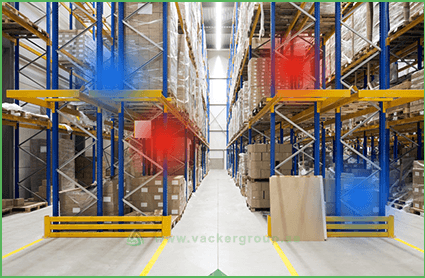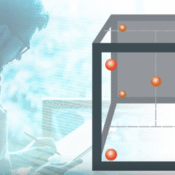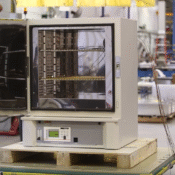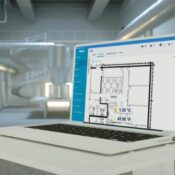In today’s rapidly warming climate, heat stress has emerged as a major concern, especially in urban and industrial environments. Prolonged exposure to extreme temperatures not only affects human health and productivity but also jeopardizes the performance of sensitive equipment, infrastructure, and logistics. One of the most effective and scientifically validated ways to combat this growing challenge is through a temperature mapping study.
At Eximia360 (www.eximia360.com), we specialize in temperature mapping solutions that are designed to reduce heat stress across sectors—be it construction, transportation, healthcare, warehousing, or city planning. With a strong presence across Saudi Arabia, including Jeddah, Dammam, and Riyadh, our team delivers reliable data and insights to create safer, more sustainable environments.
What is Temperature Mapping?
A temperature mapping study involves a systematic approach to measuring and analyzing temperature variations across a defined space or region. This is done using sensors and data loggers placed at strategic locations to record temperatures over time. The results help determine where hot zones exist, how heat fluctuates, and what steps can be taken to mitigate potential risks.
At Eximia360, our temperature mapping services are tailored to the unique climate and infrastructure demands of the Saudi Arabian region. Whether it’s for a cold storage unit in Dammam, a pharmaceutical warehouse in Riyadh, or public transport systems in Jeddah, we bring actionable heat-related insights that ensure compliance and comfort.
Why Temperature Mapping Matters for Heat Stress
Heat stress occurs when the body cannot cool itself enough to maintain a healthy temperature. It can lead to heat exhaustion, heat stroke, and in extreme cases, death. In workplaces such as factories, data centers, or outdoor job sites, the risk of heat stress is especially high.
A detailed temperature mapping study can pinpoint areas where heat is accumulating unnaturally, often in zones that are poorly ventilated, exposed to sunlight, or surrounded by heat-emitting machinery. By understanding these microclimate patterns, companies can take steps such as:
- Improving airflow and ventilation
- Installing insulation or reflective coatings
- Adjusting work schedules during peak heat hours
- Introducing cooling systems in targeted areas
These changes, when guided by temperature data, significantly reduce heat stress and improve overall safety and efficiency.

Real-World Applications in Saudi Arabia
The cities of Jeddah, Dammam, and Riyadh each present unique environmental challenges due to their geographic and climatic differences. For instance:
- Riyadh, with its arid desert climate, often faces extreme daytime temperatures, making temperature-controlled storage essential for food and pharmaceuticals.
- Dammam, a coastal city, sees high humidity levels that can distort perceived heat and require unique mapping strategies.
- Jeddah, as a major logistics hub, benefits from temperature mapping in reducing spoilage and improving delivery reliability.
Our team at Eximia360 utilizes advanced sensor technologies and proprietary analytics to deliver temperature mapping studies that meet international standards and local regulatory requirements.
Partner with Eximia360
Whether you’re a facility manager, health and safety officer, city planner, or logistics expert, integrating a temperature mapping study into your operations is a smart, forward-thinking move. By identifying and mitigating heat stress risks, you protect people, assets, and reputation.
At Eximia360, we are committed to helping industries in Saudi Arabia become more resilient to heat. Visit us at www.eximia360.com to learn more about how our expert temperature mapping services in Jeddah, Dammam, and Riyadh can help you reduce heat stress and optimize performance.












